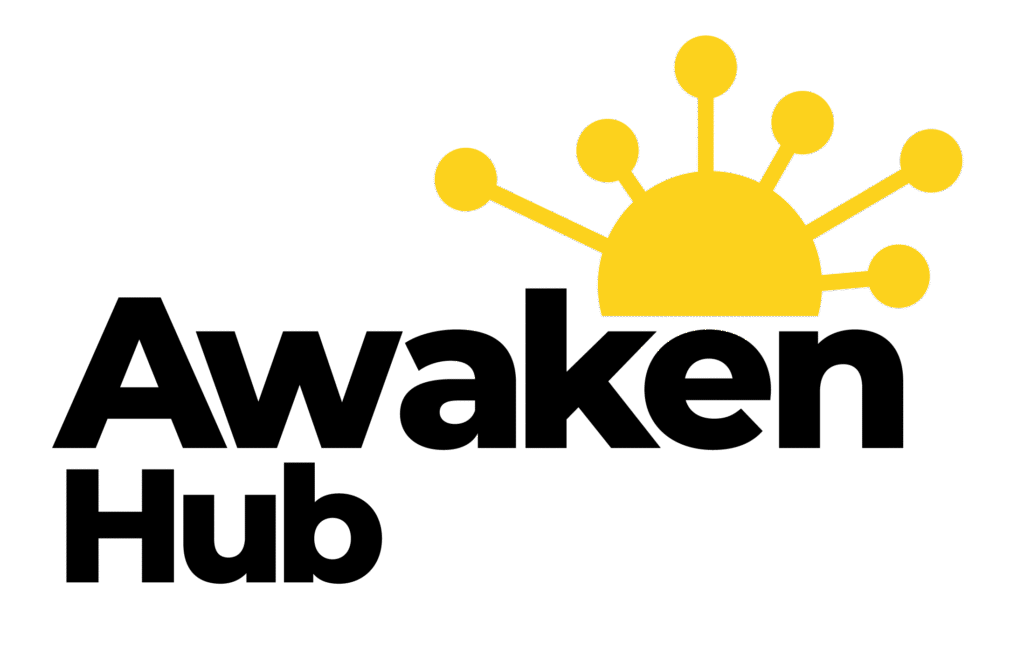Maximizing Website Performance with Technical SEO
When you delve into the world of search engine optimisation, it becomes essential to grasp the concept of technical SEO….
When you delve into the world of search engine optimisation, it becomes essential to grasp the concept of technical SEO. This aspect of SEO focuses on the backend structure and functionality of your website, ensuring that search engines can crawl and index your site effectively. You might think of technical SEO as the foundation of a house; without a solid base, everything built on top is at risk.
It encompasses various elements, including site speed, mobile responsiveness, and secure connections, all of which contribute to a seamless user experience and improved search engine rankings. To truly understand technical SEO, you need to familiarise yourself with its key components. This includes optimising your website’s architecture, ensuring that it is easy for search engines to navigate.
You should also pay attention to URL structures, internal linking, and the use of canonical tags to prevent duplicate content issues. By mastering these elements, you can create a robust framework that not only enhances your site’s visibility but also provides a better experience for your visitors. Ultimately, a well-optimised technical foundation will lead to higher organic traffic and improved conversion rates.
Summary
- Technical SEO involves optimizing the technical aspects of a website to improve its search engine visibility and user experience.
- Website speed is crucial for user experience and search engine rankings, so it’s important to optimize images, minify CSS and JavaScript, and leverage browser caching.
- Implementing structured data helps search engines understand the content on a website, leading to enhanced search results and potential rich snippets.
- Mobile-friendly design is essential for reaching and engaging with a wider audience, as well as for improving search engine rankings, so responsive design is key.
- Enhancing website security is important for protecting user data and maintaining trust, so implementing HTTPS, using secure passwords, and regularly updating software are essential.
Optimizing Website Speed
The Consequences of a Slow-Loading Website
A slow-loading website can lead to high bounce rates, as visitors are likely to abandon your site if it takes too long to display content.
Improving Website Speed
Therefore, investing time in speed optimisation can significantly enhance user satisfaction and engagement. To improve your website’s speed, you can start by evaluating its current performance using tools like Google PageSpeed Insights or GTmetrix. These tools provide valuable insights into what may be slowing your site down.
Common Culprits and Solutions
Common culprits include large image files, excessive JavaScript, and unoptimised CSS. By compressing images, minifying code, and leveraging browser caching, you can dramatically reduce load times. Additionally, consider using a content delivery network (CDN) to distribute your content across multiple servers worldwide, ensuring that users experience faster load times regardless of their geographical location.
Implementing Structured Data

Structured data is an essential component of modern SEO that helps search engines understand the content on your website more effectively. By implementing structured data markup, you provide additional context about your content, which can enhance how your site appears in search results. This can lead to rich snippets—enhanced listings that display additional information such as ratings, reviews, or event details—ultimately increasing your click-through rates.
To implement structured data, you can use schema markup, which is a specific vocabulary of tags that you can add to your HTML. This markup helps search engines interpret the information on your pages more accurately. You might want to start by identifying the types of content on your site that would benefit from structured data, such as articles, products, or local business information.
Once you’ve added the appropriate schema markup, use Google’s Structured Data Testing Tool to ensure everything is functioning correctly. By taking these steps, you can improve your site’s visibility in search results and provide users with more relevant information at a glance.
Mobile-Friendly Design
| Metrics | Data |
|---|---|
| Mobile-Friendly Websites | 80% |
| Mobile Traffic | 60% |
| Mobile Conversion Rate | 45% |
In today’s digital landscape, having a mobile-friendly design is no longer optional; it is a necessity. With an increasing number of users accessing websites via smartphones and tablets, ensuring that your site is optimised for mobile devices is crucial for retaining visitors and improving search rankings. A responsive design adapts seamlessly to different screen sizes and orientations, providing an optimal viewing experience regardless of the device being used.
To create a mobile-friendly design, start by evaluating your current website layout and functionality on various devices. You may find that certain elements do not display correctly or that navigation becomes cumbersome on smaller screens. Consider simplifying your design by reducing clutter and prioritising essential content.
Additionally, ensure that buttons and links are easily clickable without zooming in. By focusing on user experience across all devices, you not only cater to mobile users but also align with Google’s mobile-first indexing approach, which prioritises mobile-friendly sites in search results.
Enhancing Website Security
Website security is an increasingly important aspect of technical SEO that cannot be overlooked. With cyber threats on the rise, ensuring that your site is secure not only protects your data but also builds trust with your users. Search engines like Google take security seriously; sites that utilise HTTPS encryption are favoured in rankings over those that do not.
Therefore, investing in security measures is essential for both user safety and SEO performance. To enhance your website’s security, start by obtaining an SSL certificate to enable HTTPS encryption. This ensures that data transmitted between your site and its users is secure from potential interception.
Additionally, regularly update your content management system (CMS), plugins, and themes to protect against vulnerabilities. Implementing strong password policies and two-factor authentication can further safeguard your site from unauthorised access. By prioritising security measures, you not only protect your users but also improve your site’s credibility in the eyes of search engines.
Improving Website Crawlability

Crawlability refers to the ability of search engine bots to access and index the pages on your website effectively. If search engines cannot crawl your site efficiently, it will hinder your visibility in search results. To improve crawlability, you need to ensure that your website’s structure is logical and easy for bots to navigate.
This involves creating a clear hierarchy of content and using internal linking strategically. One effective way to enhance crawlability is by creating an XML sitemap that lists all the important pages on your site. This sitemap acts as a roadmap for search engines, guiding them through your content and helping them discover new pages more quickly.
Additionally, you should regularly check for broken links or redirects that could impede crawling efforts. By maintaining a well-structured site with clear navigation and an updated sitemap, you can significantly improve how search engines interact with your content.
Utilizing XML Sitemaps
An XML sitemap is a powerful tool in the realm of technical SEO that helps search engines understand the structure of your website better. By providing a comprehensive list of all the pages on your site, an XML sitemap ensures that search engine bots can easily discover and index your content. This is particularly beneficial for larger websites with numerous pages or those with complex structures.
To create an XML sitemap, you can use various online tools or plugins designed for this purpose. Once generated, it’s crucial to submit your sitemap to search engines like Google through their Search Console. This submission not only informs them about the existence of your sitemap but also allows you to monitor its status and any potential issues that may arise during indexing.
Monitoring and Analyzing Website Performance
Monitoring and analysing your website’s performance is vital for understanding how well it meets user needs and achieves its goals. By regularly reviewing key performance indicators (KPIs) such as traffic sources, bounce rates, and conversion rates, you can identify areas for improvement and make informed decisions about future optimisation efforts. Tools like Google Analytics provide valuable insights into user behaviour and engagement metrics.
In addition to tracking traffic data, it’s essential to monitor technical aspects such as page load times and crawl errors. Regularly checking for broken links or issues with structured data can help maintain a healthy website that performs well in search rankings.
In conclusion, mastering technical SEO involves understanding various components such as website speed optimisation, structured data implementation, mobile-friendly design, security enhancements, crawlability improvements, XML sitemaps utilisation, and performance monitoring. By focusing on these areas, you can create a robust online presence that not only attracts visitors but also keeps them engaged and satisfied with their experience on your site. As you continue to refine these elements over time, you’ll find that the benefits extend beyond just improved rankings; they will also lead to increased trust and loyalty from your audience.
If you are interested in learning more about Technical SEO, you may also want to check out this article on how to conduct an SEO audit in Dublin. Conducting regular audits is crucial for ensuring that your website is optimised for search engines and performing at its best. This article provides valuable insights and tips on how to effectively audit your website’s SEO performance in the Dublin area.
FAQs
What is Technical SEO?
Technical SEO refers to the process of optimizing a website for the crawling and indexing phase of search engines. It involves improving technical aspects such as site speed, mobile-friendliness, indexing, and crawlability to help search engines understand and rank the website.
Why is Technical SEO important?
Technical SEO is important because it ensures that search engines can crawl and index your website effectively. This can lead to improved visibility and higher rankings in search engine results pages (SERPs), ultimately driving more organic traffic to your site.
What are some key elements of Technical SEO?
Key elements of Technical SEO include website speed optimization, mobile-friendliness, website security (HTTPS), XML sitemaps, robots.txt file, canonical tags, structured data markup, and URL structure.
How does Technical SEO differ from On-Page SEO and Off-Page SEO?
Technical SEO focuses on the technical aspects of a website, such as site speed and crawlability. On-Page SEO involves optimizing individual web pages for specific keywords and content, while Off-Page SEO involves building backlinks and promoting the website through external channels.
What are some common Technical SEO issues to look out for?
Common Technical SEO issues include slow website speed, mobile usability problems, duplicate content, broken links, improper redirects, missing or incorrect XML sitemaps, and issues with robots.txt file.
How can I improve my website’s Technical SEO?
To improve your website’s Technical SEO, you can start by conducting a technical audit to identify any issues. Then, you can work on fixing issues such as improving site speed, ensuring mobile-friendliness, optimizing URL structure, implementing structured data markup, and resolving any crawl errors. Regular monitoring and maintenance are also important for ongoing Technical SEO improvement.











